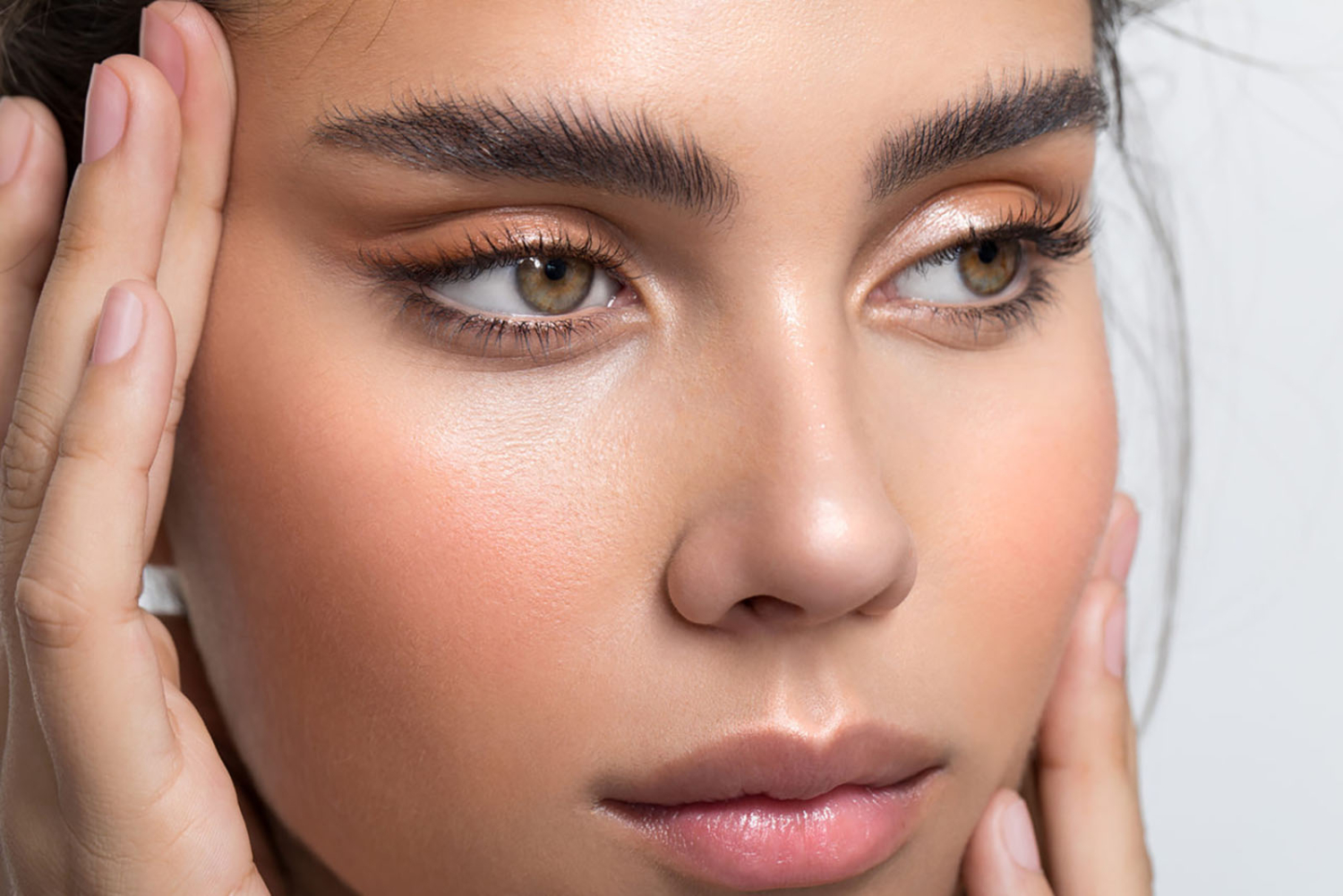
Hair Removal Cream
Smooth Sailing: The Ins and Outs of Hair Removal Creams
Silky smooth skin proves the ultimate goal for many seeking hair removal solutions. Hair removal cream offer a convenient, affordable depilatory option. These topical products dissolve hair at the surface without harsh plucking or razors. Creams provide an easy way to temporarily eliminate unwanted fuzz. However, understanding how to use them properly prevents irritation and maximizes results.
How Hair Removal Creams Work
Hair removal creams operate through a basic chemical reaction. They contain alkaline substances that break down the proteins comprising each hair shaft. When applied thickly to hairy areas, the alkaline ingredients gradually dissolve and weaken hair strands over several minutes. With proper timing, hair dissolves away while leaving the skin surface intact. Though the process sounds harsh, quality creams formulate active ingredients at safe concentrations.
Most hair removal cream formulas rely on one or more of the following active agents:
- Calcium hydroxide
- Potassium hydroxide
- Sodium hydroxide
- Barium hydroxide
These alkaline chemicals target and dissolve keratin, the primary structural protein in hair. Various stabilizers, thickeners, and conditioners balance the creams to ensure skin safety and spreadability. Vitamin E and aloe often get added to soothe skin post-treatment too.
Popular Hair Removal Cream Brands
The hair removal cream aisle offers an array of options to suit different needs. Some top brands for home depilatory use include:
- Nair – One of the most recognizable cream names, Nair’s sensitive formula utilizes potassium hydroxide to dissolve hair. Fragrance-free varieties minimize potential irritation too.
- Veet – Veet creams and wax strips get formulated with potassium hydroxide and barium hydroxide for extra strength against coarse hair. Varieties target legs, underarms, bikini areas and more.
- Nads – Relying on calcium hydroxide, Nads Cream provides a gentle alternative for sensitive skin types. It warms slightly during application for maximum efficacy.
- Magic Shaving Powder – These powdery depilatory gels activate through mixing with water. Potassium compounds lift hair within minutes for easy removal.
Home vs. Professional Formulas
While most drugstore depilatory creams prove effective for light to moderate applications, professional solutions offer stronger potency. Salon brands contain higher concentrated levels of active ingredients. This added strength tackles thick, stubborn hair more effectively. However, professional creams also carry increased irritation risks when misused.
Aestheticians undergo specific training on safe product usage and skin assessment. DIY experimentation with pro-grade depilatories bears more chances for chemical burns or allergic reactions. Only experienced technicians should apply professional formulas. At-home users should stick with over-the-counter consumer hair removal creams tested for residential use.
Prep for Smooth Depilatory Success
Using hair removal creams correctly ensures optimal results—and prevents potential disasters. Skin prep proves vitally important prior to application:
Exfoliate treatment areas thoroughly to dislodge dead skin cells and open hair follicles. Smooth clear skin allows the product full access.
Never use depilatory creams over freshly shaved areas, cuts, sunburns, eczema or rashes. Creams sting terribly over open wounds or irritation.
Always conduct a small patch test before any full application. Test areas should remain cream-free for 24 hours to watch for allergic response.
Use clean, dry towels, sponges, and skin when applying hair removal creams. Water deactivates and renders creams useless before dissolving hair.
Following directions exactly helps maximize cream potency and safety too. Leaving creams on too briefly delivers partial results. Overly extended application periods risk chemical burns.
Precision Application and Removal Matter
When applying hair removal cream, use the included spatula or application tool. Scooping handfuls leads to messy over-application. Slather on a thick, even opaque layer completely covering every targeted hair. Leave no thin streaks or bare spots behind. These patchy zones mean incomplete hair removal.
Once the allotted cream time elapses, use the spatula edge to lift one cream corner. Check that hair has fully dissolved and released from skin. Then wipe cream cleanly away using a damp cloth, sponge or towel. Use smooth, single-direction strokes to prevent smearing. Rinse and reapply if cream fails to remove every hair on first pass.
Proper cream removal prevents further skin exposure to deactivated ingredients. Leaving crusty cream residue behind inevitably causes irritation or discoloration over time. Always cleanse areas thoroughly until squeaky clean post-depilation.

After Care = Crucial Care
Don’t quit after rinsing away all hair removal cream. Skincare after depilating proves essential for long-lasting smooth results. Depilatories leave skin stripped of protective surface oils and vulnerable. Prioritizing moisture restores balance and prevents irritation moving forward.
Pat areas dry and immediately follow with a fragrance-free, gentle moisturizer. Hydrating with ingredients like aloe, chamomile and vitamin E soothes freshly bare skin. Always choose thick creams or butters over lightweight lotions post-depilation. Drier skin drinks up richer emollients effortlessly.
Let skin rest for 24-48 hours before further treatments like exfoliating or self-tanning. This gives skin time to recover and heal any minor irritation or invisible abrasions. Resume other grooming only after any redness or tingling fully subsides.
Timing Affects Hair Growth Too
Depilatory cream’s effects provide temporary hair removal ranging from 3 days to 3 weeks. The longevity depends greatly on each person’s unique hair growth cycles and rate. Those with slower-growing, finer hair patterns can let treatments stretch 2-3 weeks before touchups. Fast-growing coarse hair requires weekly re-applications to maintain smoothness.
Additionally, evidence suggests regular depilatory use slows hair regrowth over time. The alkaline cream weakens and damages hair follicles slightly with every application. The cumulative effects eventually improve long-term smoothness between treatments.
Hair removal creams work most effectively on new growth rather than established long hair. So try to depilate right when first seeing regrowth emerge for easiest cream penetration. Letting stubble mature makes it harder for products to saturate and dissolve hair efficiently.

Limitations and Precautions
While wonderfully convenient, hair removal creams carry some limitations in what they can accomplish. Thick coarse hair proves too stubborn for depilatory creams to totally dissolve at the root. Heavy growth typically emerges within days requiring constant re-treatment.
Depilatory creams also don’t create the long-lasting semi-permanent results of waxing or laser hair removal either. Their effects only remove surface hair temporarily. Using creams on gray or light-colored hair often yields poor or uneven results too. The chemicals can’t properly detect and dissolve translucent hair pigments.
Those with ultra-sensitive skin should exercise extreme caution before using any hair removal cream as well. The active ingredients inherently cause irritation in some individuals regardless of formulation. Always start slowly and test small areas first. Discontinue use at any sign of concerning inflammation or allergic reaction.
Overall, when used and removed properly, hair removal creams serve as an affordable, time-saving method for temporary defuzzing. With some patience and care, depilatory creams grant anyone smooth skin for days without nicks or irritation worries. Just remember these convenience products work optimally with realistic expectations and cautious handling practices.



